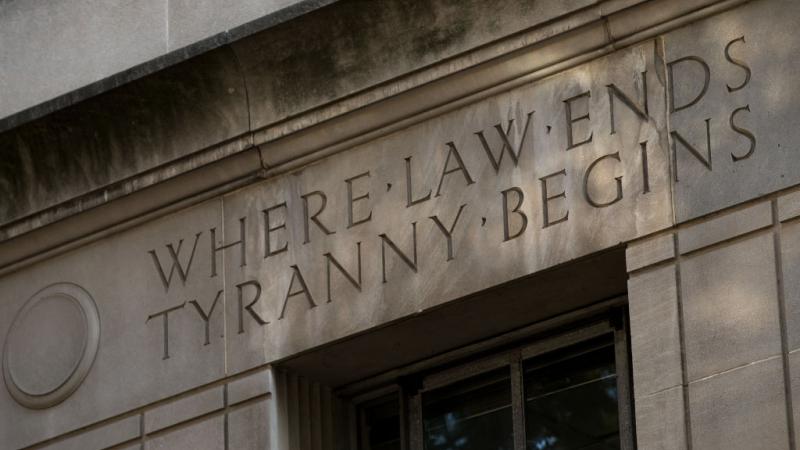Senator releases 'naughty list' of federal agencies with high employee no-show rates post-COVID
While a lot of the American workforce has resumed to in-person work, the federal government seems to be a bit behind.
With Christmas fast-approaching, Sen. Joni Ernst, R-Iowa put out a "naughty list" of government agencies that have high no-show rates of employees who have not returned to the office after the COVID-19 pandemic ended.
According to Ernst's list, the Department of Housing and Urban Development and the Social Security Administrationtop the list with just 7% office occupancy rates.
When COVID-19 hit the world at the start of 2020, more than one-third of U.S. office jobs switched to teleworking. Prior to the pandemic, only about 6% of those employed worked mostly from home.
While a lot of the American workforce has resumed in-person work, the federal government is lagging behind.
“Taxpayers shouldn’t be forced to foot the bill for empty buildings,” Ernst said in a statement last week. “Forgive me for sounding like the Grinch, but this Christmas, I’m calling on Biden’s bureaucrats to deck the agency halls with federal workers or sell off unused space.”
Other agencies on Ernst's list include the Treasury Department, Justice Department, Commerce Department and the Department of Homeland Security.
The data shows that those offices have the highest office occupancies between 30% to 49%.
The Small Business Administration has a 9% occupancy rate and the General Services Administration has an 11% occupancy rate.
In April 2023, the Biden administration released detailed guidance that encouraged federal employees to return to in person work since the public health emergency ended in May.
According to a federal survey that came out last month, 70% of federal employees still work from home to some degree.
Earlier this year, the water supply in at least six federal buildings was contaminated by the bacterium that causes Legionnaires’ disease.
Investigators told The Washington Times that teleworking may be a big contributor to this due to the lack of people in the buildings.
“COVID's been over for years, where are the workers?” Ernst asked.















